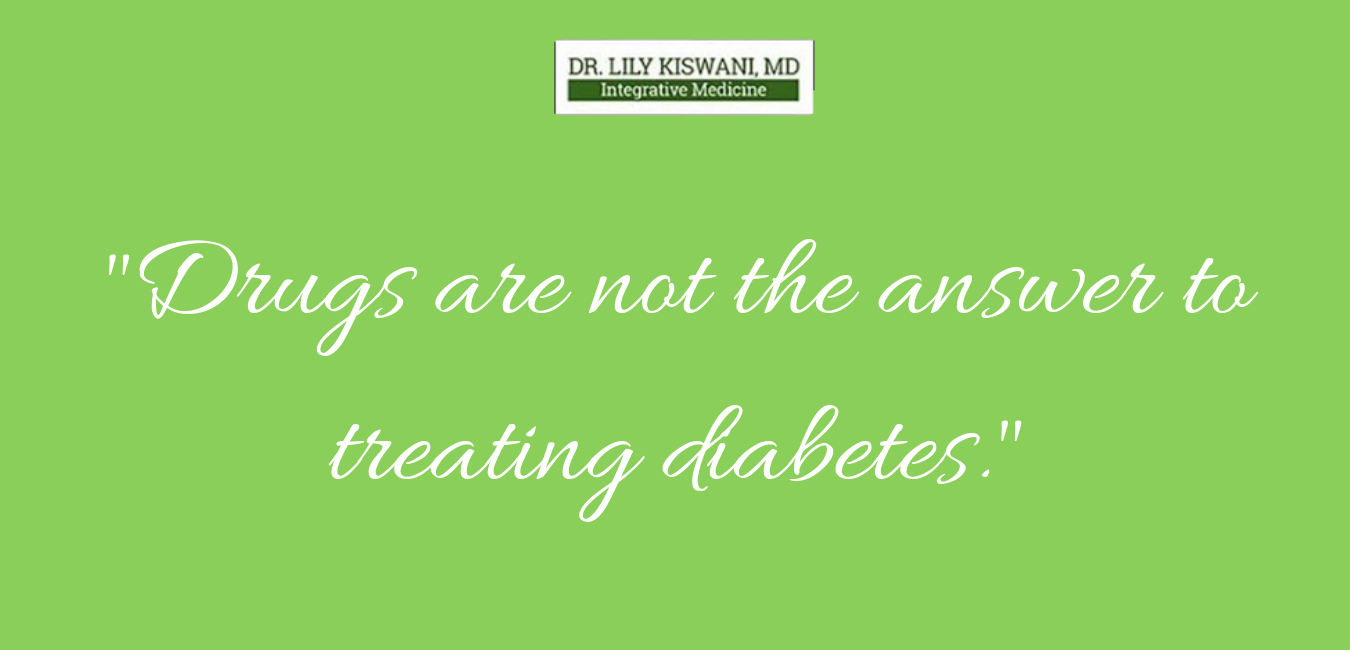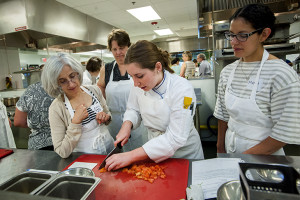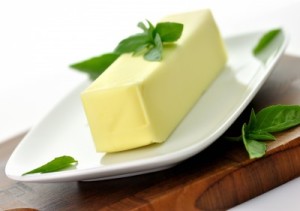Many of my patients have started drinking nut, rice or soy milk as an alternative to cows milk. Almond milk is particularly popular. People generally regard nut milks as a heath food, imparting many of the benefits of nuts. I personally do not use nut milks, nor do I view them as “health foods”. On the other hand, I’m a huge fan of nuts. I encourage most of my patients to eat 1/4 cup of nuts every day. So here are five reasons why buying nuts makes a whole lot more sense than drinking nut milks. But don’t worry, I will tell you how to make your own nut milks if you still want to have them.
The cost factor. I frequently hear people complain that eating healthy foods is expensive. This is only somewhat true. Processed health foods cost a lot more, and nut milks are no exception. The average price for a 946 ml carton (4 cups) of almond milk is about 3 dollars. This carton contains about 15 almonds. If you buy 15 bulk almonds you will pay about 50 cents. Almond for almond you are paying about six times more! Put another way, if you make your own almond milk it will cost you about 1/6 of the price!
The processing factor. Almonds used for making milk are pasteurized; this means they are exposed to high heat. Heat sensitive vitamins are always damaged by processing of this type. In addition, the skin of the almonds is lost during processing. This results in a loss of additional nutrients as well as fibre.
The protein factor. Raw almonds are a decent source of healthy fats and protein. And yet you will only get a measly 1 gram of protein per cup of almond milk. Why? You are getting approximately 3.8 almonds with ever cup of milk you drink. The bulk of what you get is just water.
The additives factor. Almond milks always contain a bunch of additives. The vitamins are often an attractive feature for many consumers, especially the calcium. However, nut milks typically contain cheap forms of chemically lab processed and poorly assimilated vitamins. All almond milks contain emulsifiers to help thicken and maintain a consistent texture. One emulsifier is called lecithin. It is typically a genetically modified byproduct of soy. Another popular emulsifier is carrageenan. The International Agency for Research on Cancer considers degraded carrageenan to be “possibly carcinogenic in humans.”
The sugar factor. Most, although not all nut milks, contain sugar. On average a cup of almond milk will contain anywhere from 2-4 teaspoons of sugar. On the other hand, the equivalent amount of almonds would contain only traces of natural sugars.
THE GOOD NEWS
If you really want to drink your nuts then there is good news: making nut milks is simple and easy! Just blend nuts with water and strain. Homemade nut milks contain no additives and have all the benefits of raw almonds. If you like them, go nuts!




